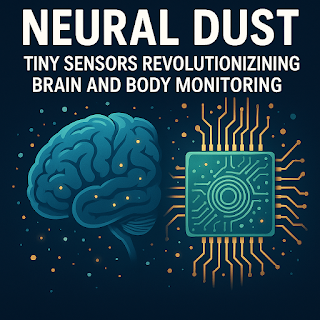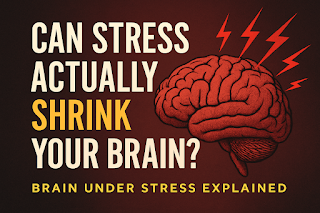Space-Based Solar Power: Clean Energy from Orbit 24/7

Space-based Solar Power: The Next Energy Revolution from Orbit As the world races toward clean energy, one concept that once seemed like science fiction is rapidly turning into reality: Space-Based Solar Power (SBSP) . With climate change intensifying and fossil fuels dwindling, scientists and engineers are looking to space as the next frontier for large-scale, sustainable energy. But how can solar panels in space power our homes on Earth? Let’s explore how SBSP could change everything. 🌞 What Is Space-Based Solar Power? Space-Based Solar Power is the concept of placing solar power satellites in orbit around Earth to collect solar energy and beam it wirelessly to ground-based receivers. Unlike terrestrial solar panels, which depend on daylight and weather, SBSP systems receive uninterrupted sunlight 24/7. Here’s how it works: Satellites equipped with massive solar panels collect energy from the sun. They convert this energy into microwaves or lasers. These beams are t...






.png)






